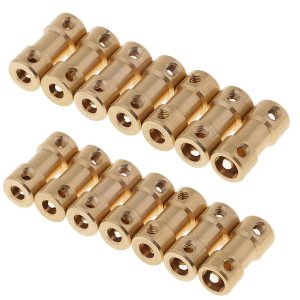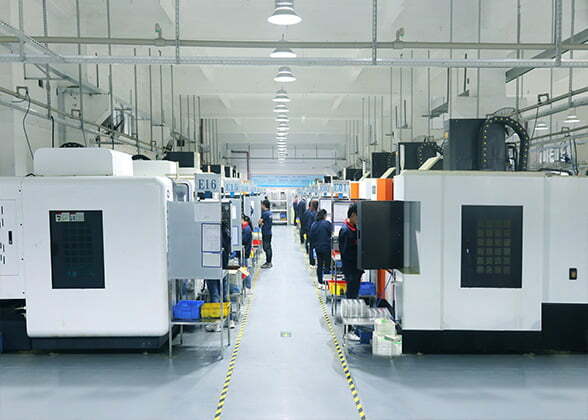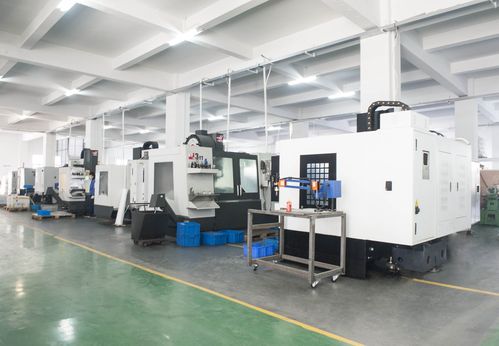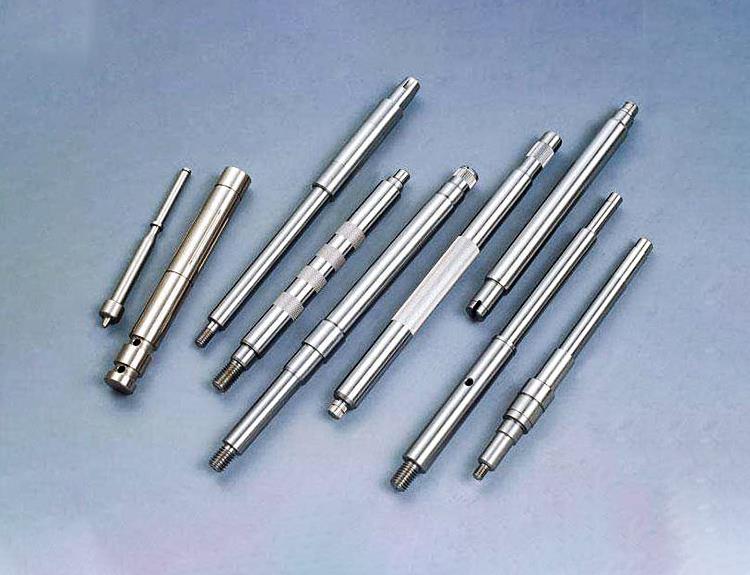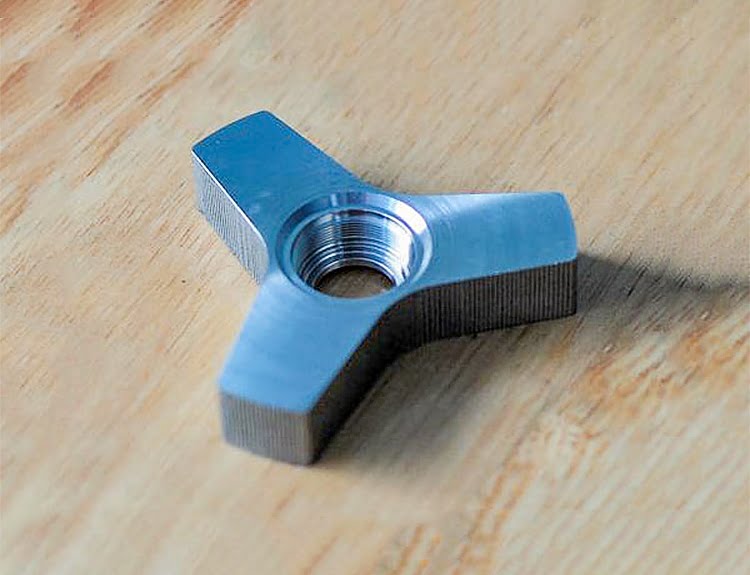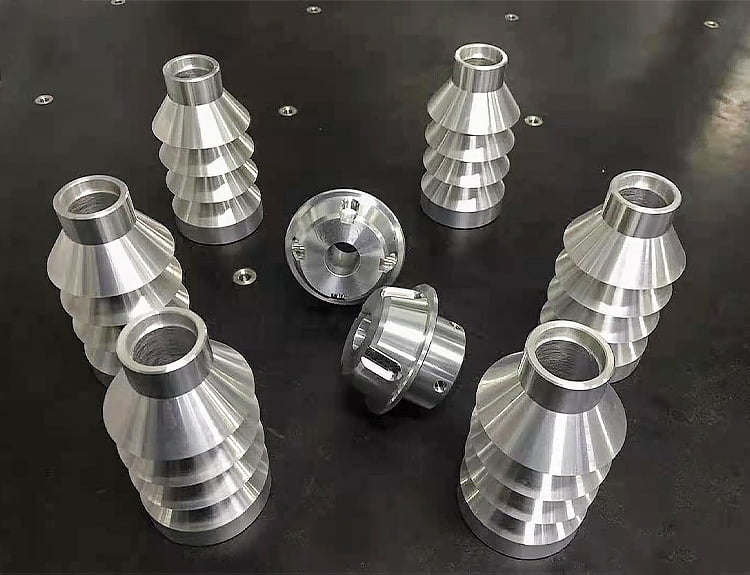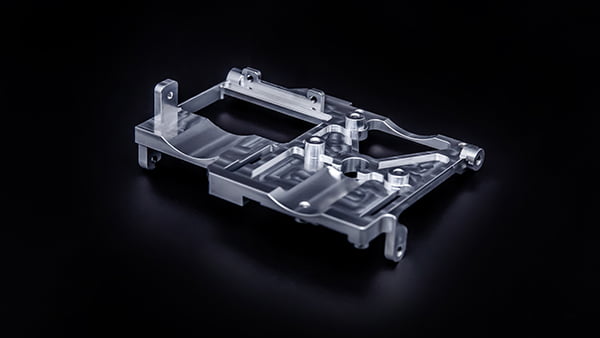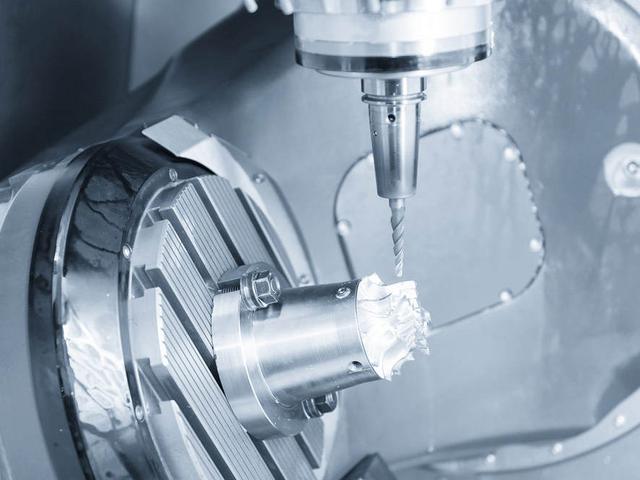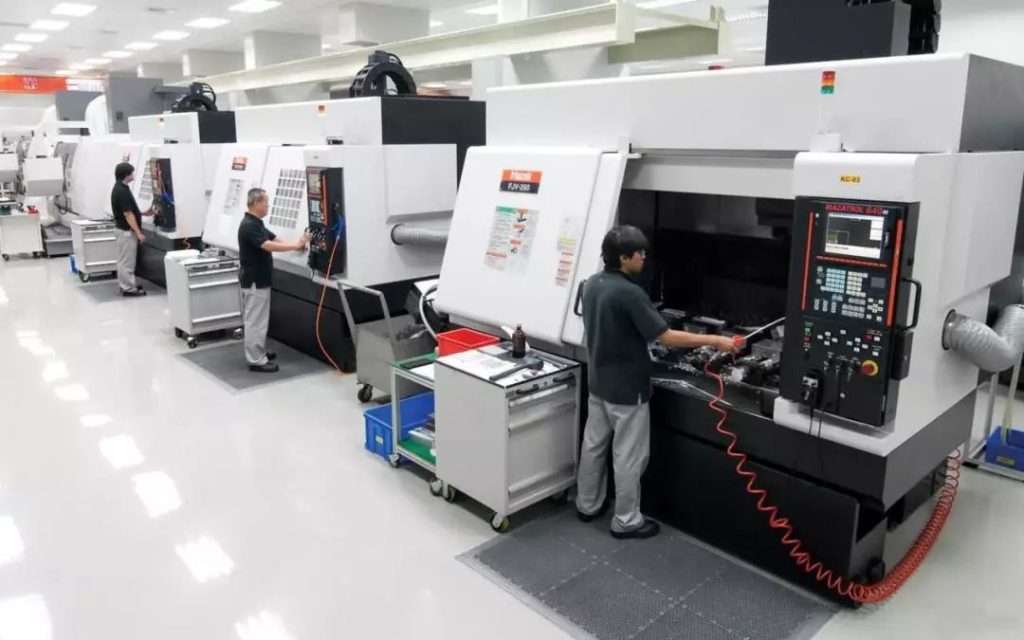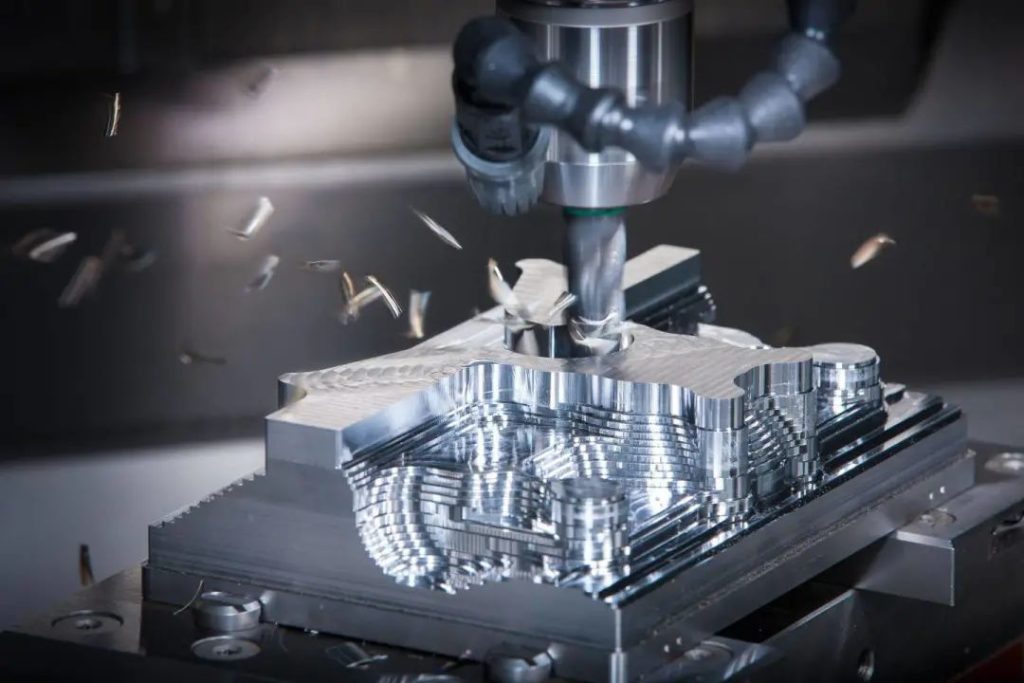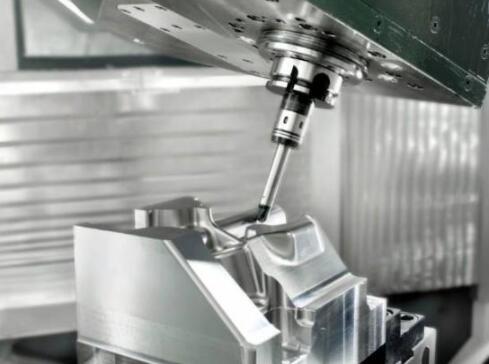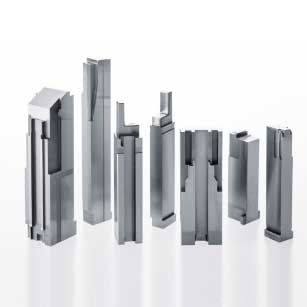What is 3+2 positioning machining
3+2 machining technology is also known as positioning 5-axis machines because the fourth and fifth axes are used to determine the orientation of the tool in a fixed position rather than for the duration of the machining process.
The principle of 3+2 positioning machining is essentially the implementation of a three-axis function at a specific angle (i.e. "positioning"). Simply put, when the machine is rotated at an angle, machining is performed in a normal 3-axis fashion.
What is 5-axis simultaneous machining
According to ISO regulations, in describing the movement of CNC machine tools, using the left-hand right-angle coordinate system; parallel to the spindle axis is defined as the Z axis, around the X, Y, Z axis of rotation coordinates are A, B, C. Usually five-axis linkage refers to X, Y, Z, A, B in any five coordinates of linear interpolation movement.
Difference between 3+2 positioning and 5-axis linkage
1 、Shorter and stronger tools can be used.
2 、The tool can form a certain angle with the surface, and the spindle head can reach lower and closer to the workpiece.
3 、Shorter tool travel distance and less program code.
Advantages of 5-axis machining.
1、No special fixtures are required During machining, this reduces the cost fixtures, avoids multiple clamping, and improves the accuracy of mold machining.
2 、Reduce the number of fixtures used.
3、Much special tooling is eliminated during machining, which reduces tooling costs.
4、In the machining process, the effective cutting edge length of the tool can be increased, reducing the cutting force, increasing the service life of the tool and reducing the cost.

